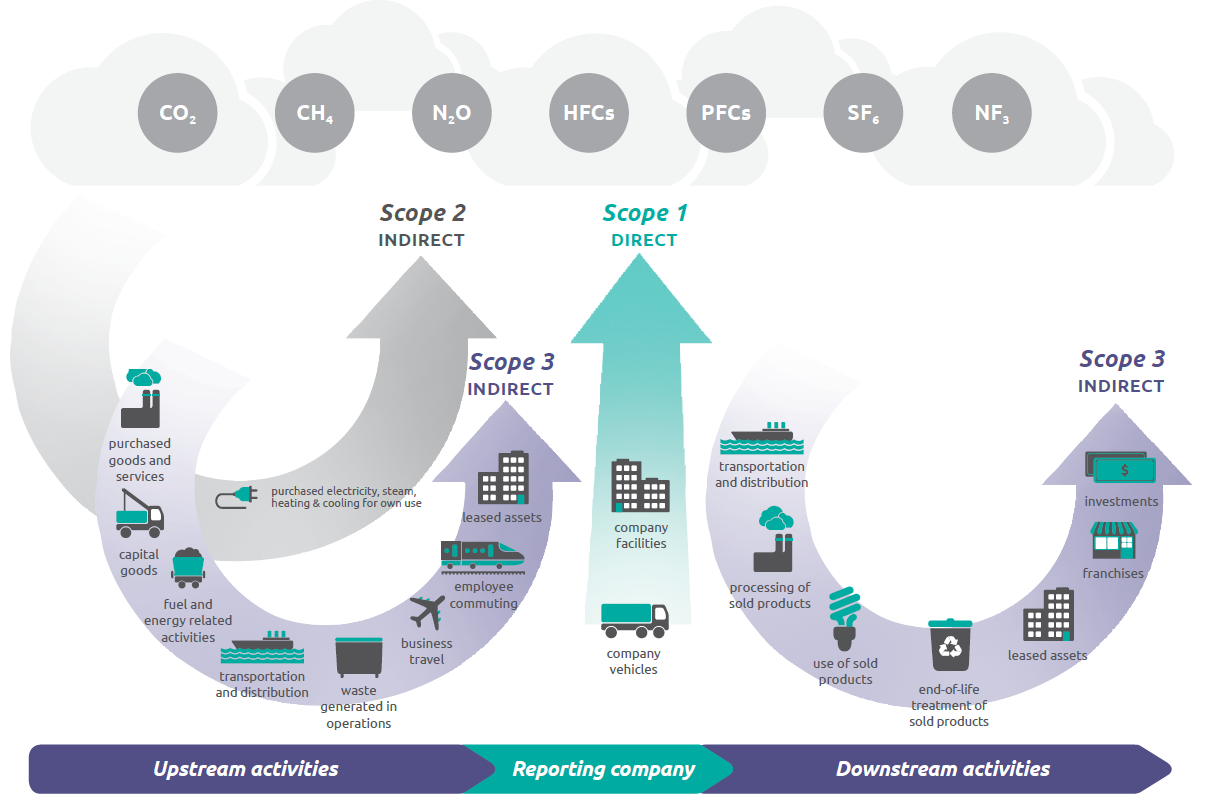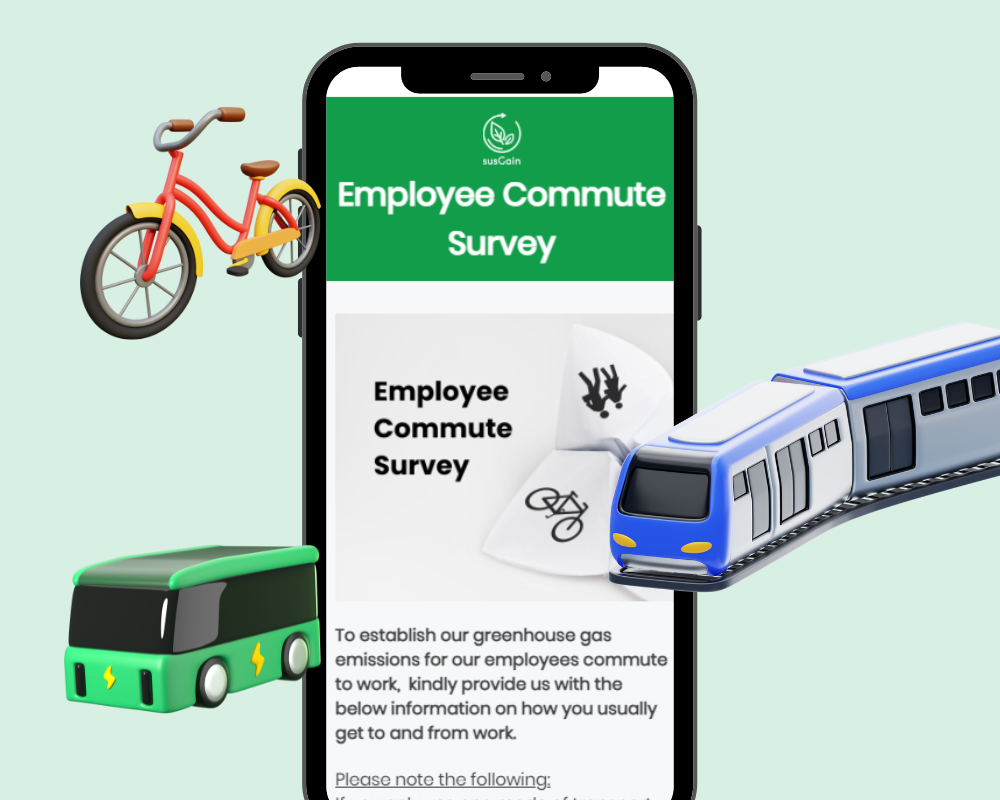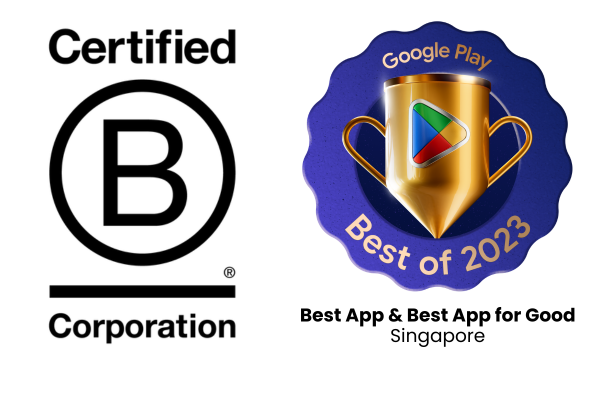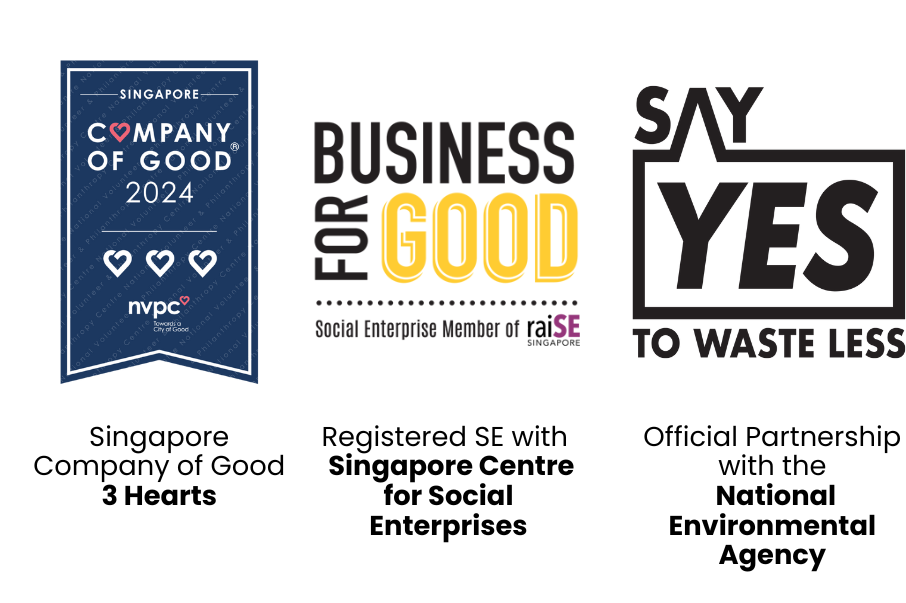Responding to escalating global warming and regulatory pressures, businesses encounter mounting obligations to mitigate their carbon footprint. Stock exchanges and the International Financial Reporting Standards (IFRS) have stringent criteria for companies to scrutinise carbon emissions across their operations. Therefore, implementing comprehensive, long-term strategies to consistently reduce greenhouse gas emissions is a priority for listed corporations today.
Among all emissions, Scope 3 stands out as a crucial, yet often overlooked aspect of an organisation’s environmental impact. It can represent a significant portion of a company’s entire emissions, surpassing the combined total of Scopes 1 and 2. For many companies, these indirect emissions also offer the most substantial opportunities for reductions. Employee-related Scope 3 emissions are especially relevant for service industries, as emissions mainly come from employee commute, travel and waste. For companies to champion corporate sustainability, they must take meaningful steps to quantify and limit their Scope 3 emissions.
Read on to find out more about Scope 3 emissions, including those from employees, as well as how to track and reduce them with the help of susGain.
Importance of Scope 3 emissions

There are 3 categories of emissions for businesses to lower greenhouse gas production and minimise their overall environmental impact.
- Scope 1: This refers to direct emissions from facilities or business activities. Companies produce these emissions through the operation of controlled or owned sources. A common example of this would be the onsite combustion of fossil fuels to run machinery.
- Scope 2: This includes indirect energy emissions that are produced by third parties and purchased by businesses. Companies often buy energy produced for cooling or heating via steam, electricity or heat, emitting greenhouse gases in the process.
- Scope 3: These indirect emissions come from employees, supply chains and waste disposal activities, falling outside of Scope 1 and 2 emissions. With multiple stakeholders involved, information on carbon emissions is not easily accessible and measurable. Hence, it is more difficult for companies to track Scope 3 emissions.
Currently, many organisations focus on tracking and mitigating their direct emissions (Scope 1) and those from purchased energy (Scope 2). However, research from Carbon Trust has revealed Scope 3 emissions represent up to 95% of carbon footprint for most companies.
Unlike Scope 1 and 2 emissions, activities contributing to Scope 3 emissions involve many stakeholders like employees, manufacturers, and consumers. Specifically, employee-related Scope 3 emissions comprise many activities associated with business travel, employee commute, procurement of office supplies and meals. All these pose significant environmental threats if unregulated and necessitate the importance of measuring Scope 3 emissions.
How to measure employee-related Scope 3 emissions
The complex nature of tracking employee-related Scope 3 emissions requires effective methods to accurately measure and manage them. Listed below are some strategies for implementation.
Firstly, companies should establish clear boundaries for what constitutes employee-related Scope 3 emissions.
- This is essential in narrowing down employee activities which are environmentally harmful and focusing mitigation efforts on said activities. For example, one main cause of Scope 3 emissions could be goods and services purchased by employees during business operations. After pinpointing these contributors, companies could focus on reusing office supplies like binders and folders, or minimising electronic waste by recycling old office equipment.
- This targeted approach ensures that mitigation strategies are tailored to the most significant contributors to employee-related emissions. As such, company approaches will vary based on operational structure and the environmental impact assessment of different departments and activities.
Secondly, businesses can utilise appropriate calculation tools like emission factors to derive their employee-related Scope 3 emissions.

- Emission factors provide standardised metrics to estimate and quantify emissions based on specific data from activities. For instance, emissions from employee commute can be calculated via emission factors based on transportation mode: car, bus, train, etc.
- Despite this, challenges can arise in obtaining reliable emission factors for different activities due to data availability and variability. Thus, businesses should maintain standard accounting procedures for emissions tracking and reduction purposes.
Thirdly, organisations can employ technology for tracking data. These tools streamline measuring of emissions by automating calculations and providing templates for data input.
- A good example is leveraging integrated sensors and monitoring systems to track an organisation’s total waste generated by employee activities. Thereafter, the data is processed by carbon accounting softwares in local companies like Evercomm and Rimm. Such emerging technologies minimise manual labour and human errors, while also optimising data collection methods for emissions reduction.
How to reduce employee-related Scope 3 emissions with susGain
There are many actions businesses can take to lower employee-related Scope 3 emissions. For instance, companies can implement sustainable transportation policies for employee commute, such as public bus, train or cycling. They can also encourage employees to bring reusable containers and bottles for meals and drinks respectively. This eliminates the need for disposable takeaway boxes with the added benefit of reducing food waste at buffets. Additionally, organisations should facilitate flexible work arrangements and telecommuting by leveraging digital technology for virtual meetings and conferences. Having employees regularly work from home saves on transportation costs and lowers the impacts of air pollution on the environment.

Today, many corporates face difficulty in efficiently obtaining a good data set for emissions related to employee commute. This is where susGain can help. The susGain application provides a gamified approach and remains accessible, even for staff with no access to computers or email addresses. susGain can create convenient and customised commute surveys for employees, as well as assist corporates with carbon calculation. All this will be provided in a consolidated report which can be used for Scope 3 sustainability accounting and reporting.
Indeed, the significance of measuring and actively reducing employee-related Scope 3 emissions cannot be understated. Businesses should prioritise emission reduction strategies by involving employees to help achieve sustainability milestones for companies. To this end, susGain serves as a plug-and-play engagement tool with measurable results. Our application is easily scalable for businesses with multiple locations for maximum reach. By shedding light on employee-related Scope 3 emissions, susGain aims to empower businesses to take meaningful steps towards reducing their environmental impact and fostering a more sustainable future for all.

susGain helps you follow through with your good intentions, simply by incorporating little sustainable habits into your daily life.
Looking to organise a customised community challenge for your company, school or club and measure the collective impact created? Reach out to us at contact@susgain.com to find out more!



